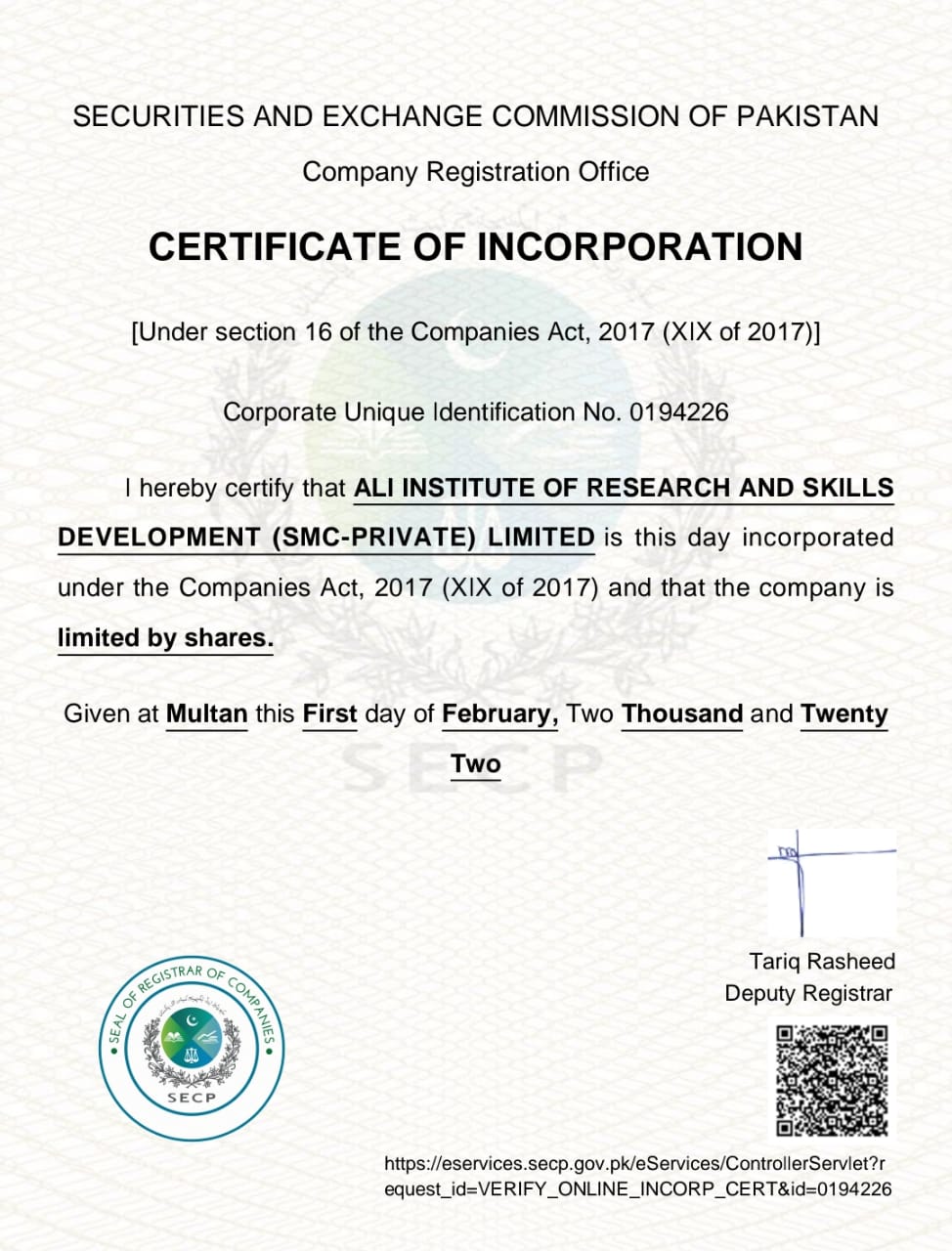Rural Migration to Urban Areas and Its Impacts on Population: A Sociological Investigation in Hyderabad, Sindh, Pakistan
Keywords:
Rural-urban migration, Population, Impacts, Sindh PakistanAbstract
Migration has considered to be one of the major concern of developing as well as developed nation, causing over population but it has also been deemed to be the source of development in terms of employment, better health facilities and the education. This research mainly explores the demographic, socio-economic and the impacts of rural urban migration in district Hyderabad, Sindh, Pakistan. This study included the quantitative data analysis to gather data from 400 respondents (200 rural, 200 urban) through structured survey. Further the data was analyzed using SPSS software. The results highlight that younger, more educated individuals are the primary migrants, with 50% of urban migrants aged 18-25 and 45.5% possessing higher education qualifications. The main motivator for migration was employment opportunities, identified by 53% of urban migrants. However, challenges such as underemployment and housing shortages were significant, with mean scores of 4.5 and 4.2, respectively. Rural areas face issues of depopulation, aging populations, and economic stagnation as a result of the migration of working-age individuals. While migration promotes urban growth, it also increases rural vulnerability and places strain on urban infrastructure. The findings suggest that to address these challenges, policies should focus on regional development, improving rural employment opportunities, enhancing urban infrastructure, and fostering rural sustainability. These strategies can help manage migration's dual effects and promote balanced, inclusive development.
Downloads
Published
How to Cite
Issue
Section
License
Copyright (c) 2024 Zakariya Journal of Education, Humanities & Social Sciences

This work is licensed under a Creative Commons Attribution 4.0 International License.









